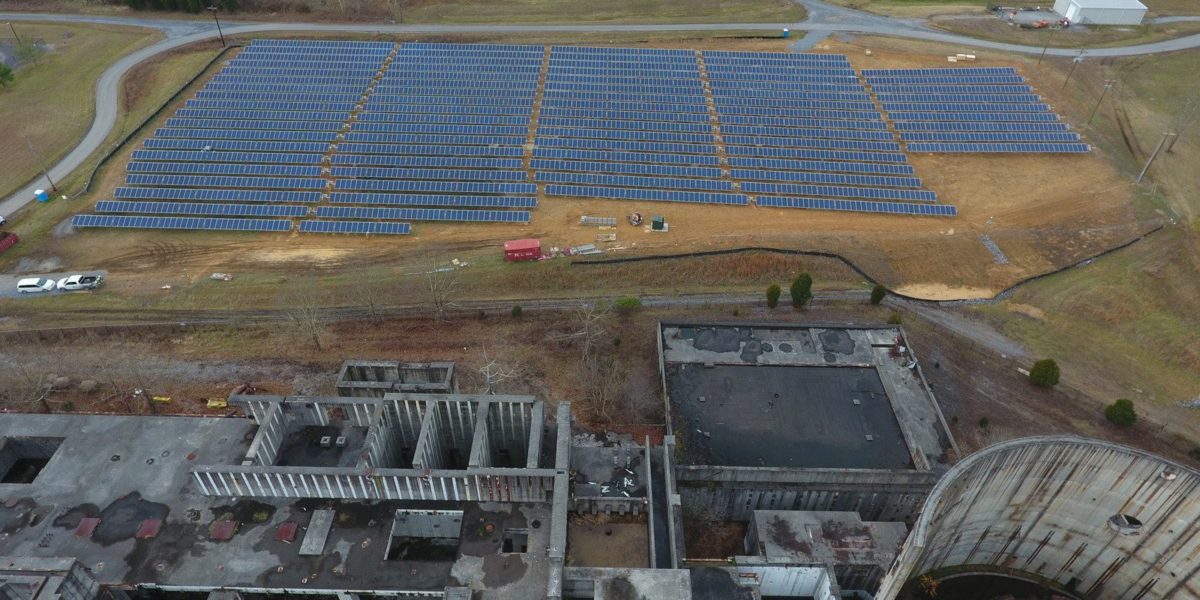The VC Summer Nuclear Power plant expansion failed at a cost of $9 billion to South Carolina electricity customers. The follow ups have led to court cases in which ex-employee testimony suggested firings for whistleblowing, and that the company running the construction – SCANA – had committed fraud, and mismanaged the project.
Utility customers on the hook for the project had received nine unique electricity bill increases, equal to about $27/month, a factor in South Carolina to having the highest average monthly bills in the United States. As part of the fallout, the parties involved are being pushed hard by politicians and voters to change their ways.
On November 30th, general council of the South Carolina Electric & Gas Company (SCANA), also representing Dominion Energy, notified the Public Service Commission of South Carolina, that it supports a certain set of renewable energy supporting policies as part of the ongoing negotiations.
Good news: the just-approved Dominion-SCANA merger includes terms we negotiated on behalf of the solar industry, requiring more market access for RE, all-source RFPs, better resource planning, and more. Happy to have helped make this a better deal for SC. https://t.co/6xBqGWIBFG pic.twitter.com/8WlstRSGnI
— Tyler Norris (@tylerhnorris) December 17, 2018
The policies are focused on renewables and energy storage gaining consistent access to the market. The regulations mainly aim to create a consistent set of variables – avoided costs, ten year PPAs, hourly pricing, consistent interconnection standards – that will allow developers of solar power projects to better model probability of successful projects.
Embed from Getty ImagesThis is not the first time that failed nuclear power plants have been followed by solar. The above images are of the 1 MW solar power plant that is running at the Chernobyl Nuclear Power plant in Ukraine. The large structure in the background is the $1.5 billion 31,000 ton concrete sarcophagus to cover the still burning nuclear melt down.
The Phipps Bend Nuclear Power Plant in Surgoinsville, Tennessee sat abandoned since it was cancelled in 1981, 36 years ago. As of July 5, 2017 it began generating solar electricity as United Renewable Energy completed a 1 MW solar power plant (main article image)
When Duke Energy Florida cancelled the Levy Nuclear Plant at a cost of $800 million in already collected fees from consumers, the electric utility announced plans to satiate the public with 700 MWac of solar power, plus at least 50 MW of grid-tied batteries, grid modernization projects, and 500 electric vehicle charging areas.
This content is protected by copyright and may not be reused. If you want to cooperate with us and would like to reuse some of our content, please contact: editors@pv-magazine.com.









By submitting this form you agree to pv magazine using your data for the purposes of publishing your comment.
Your personal data will only be disclosed or otherwise transmitted to third parties for the purposes of spam filtering or if this is necessary for technical maintenance of the website. Any other transfer to third parties will not take place unless this is justified on the basis of applicable data protection regulations or if pv magazine is legally obliged to do so.
You may revoke this consent at any time with effect for the future, in which case your personal data will be deleted immediately. Otherwise, your data will be deleted if pv magazine has processed your request or the purpose of data storage is fulfilled.
Further information on data privacy can be found in our Data Protection Policy.